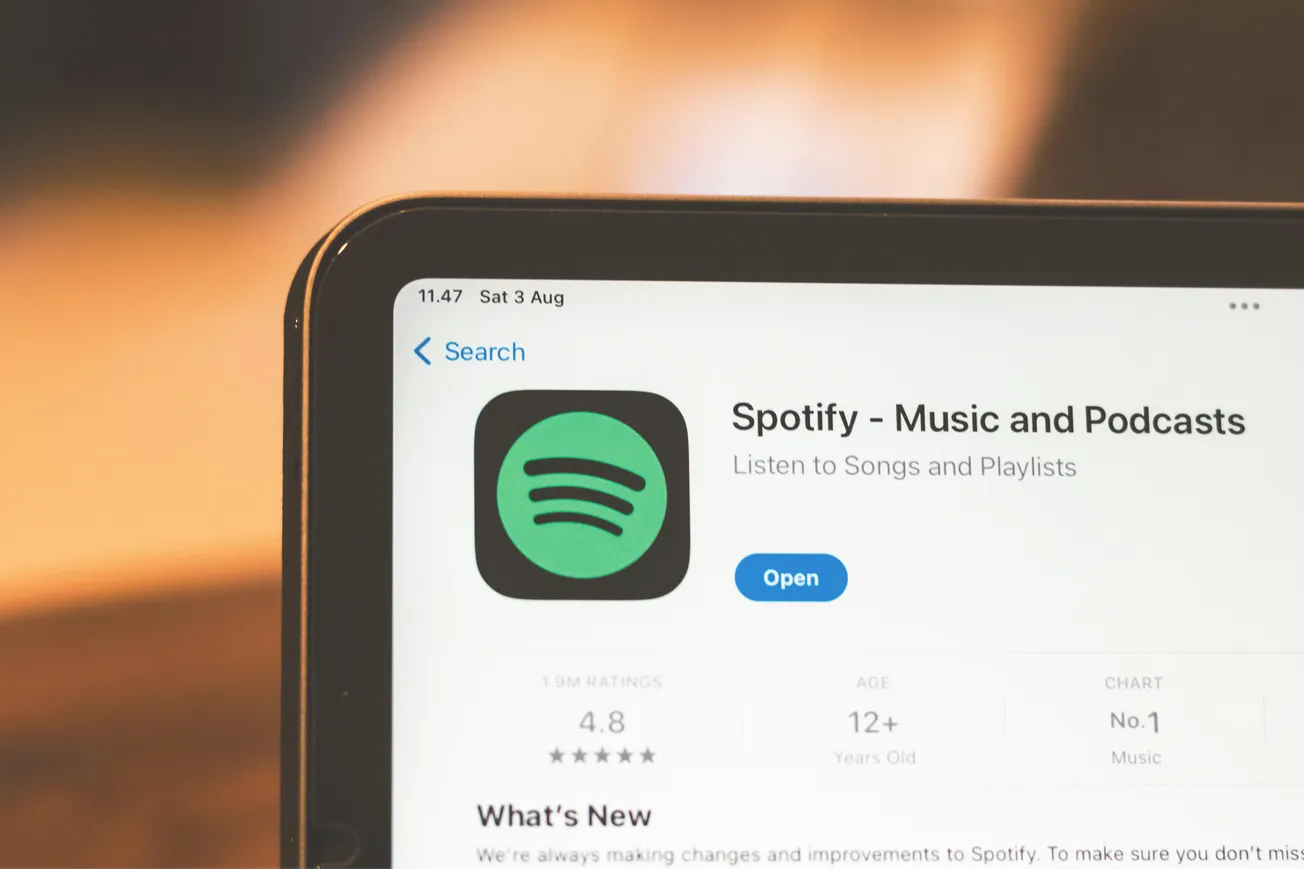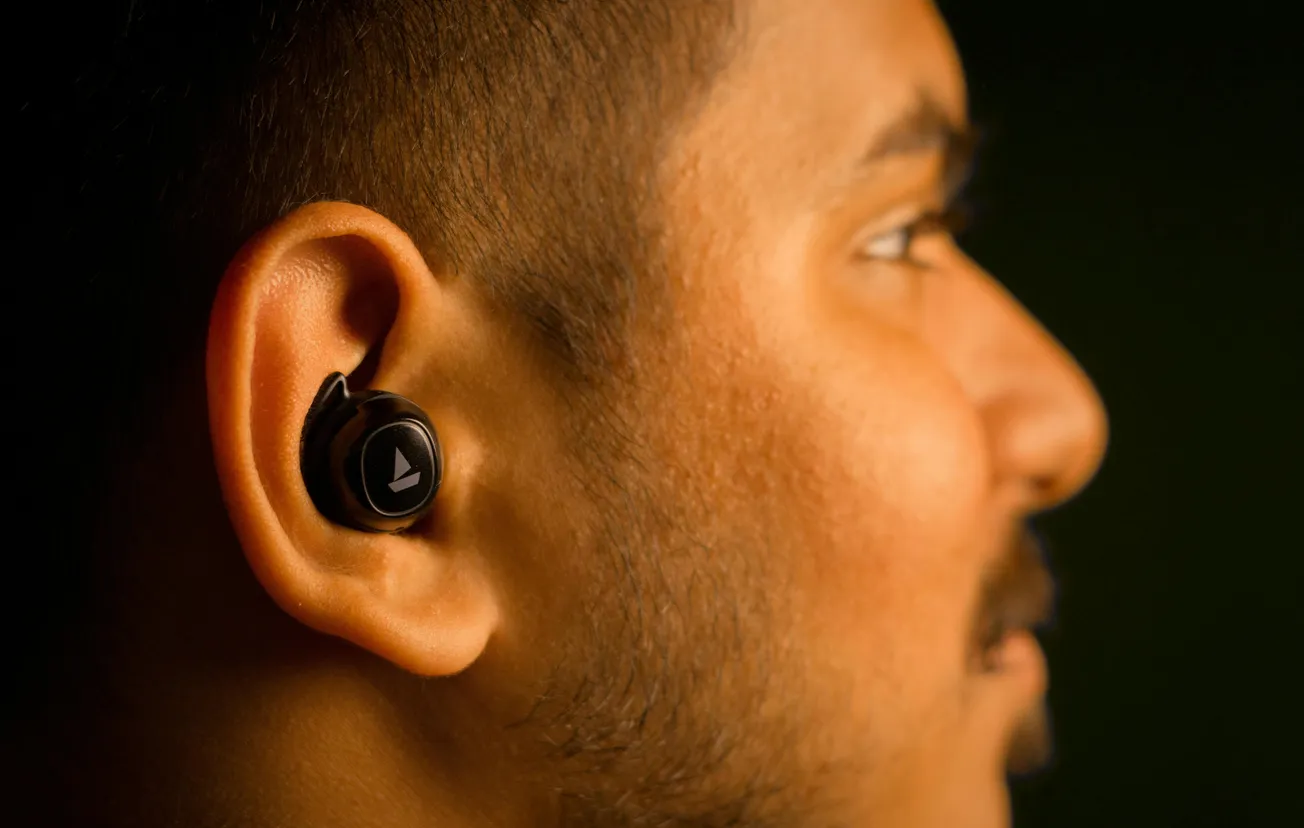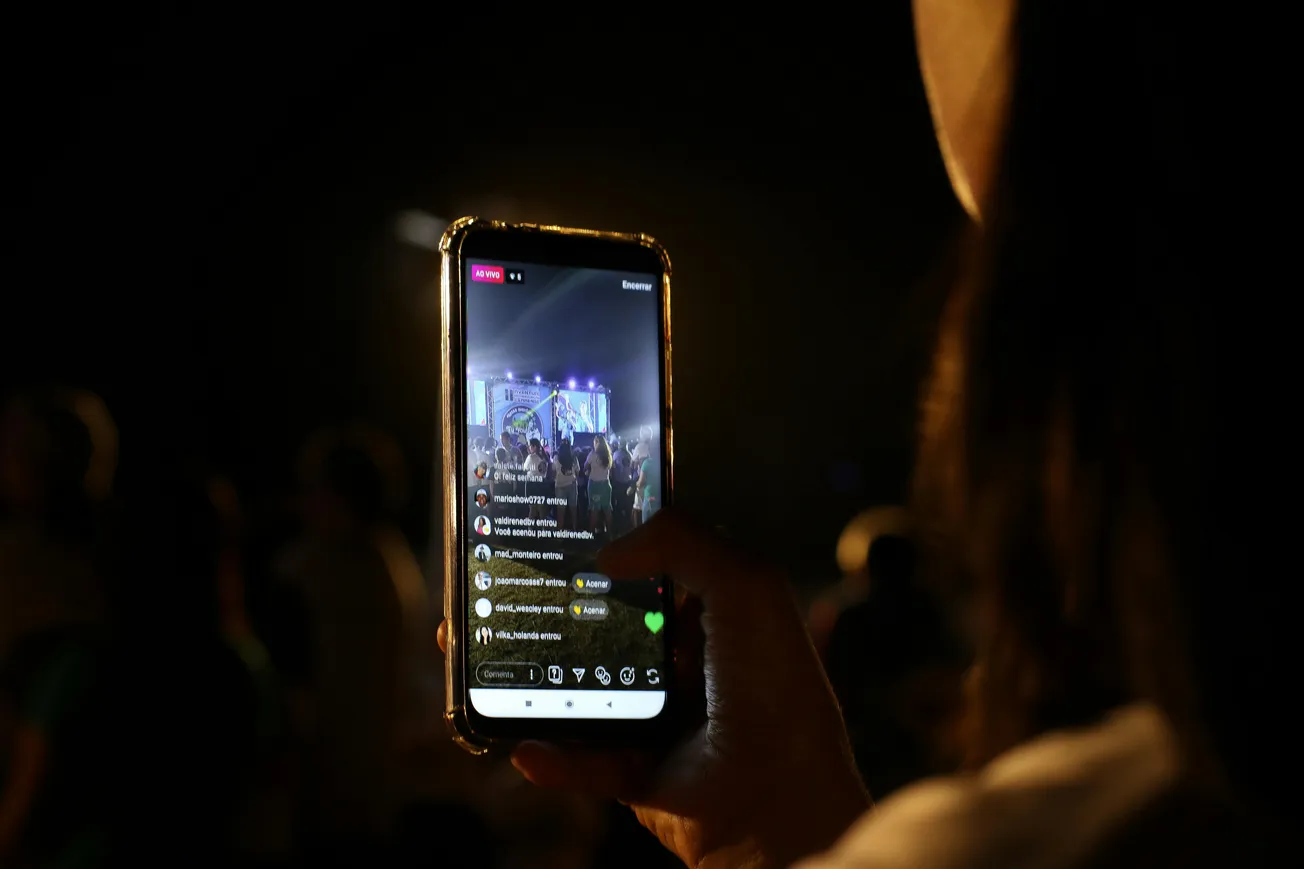California recently signed SB 576, a law extending the “commercial loudness” rules long applied to TV into the streaming world.
Starting July 1, 2026, ads on services like Netflix, Hulu, Amazon Prime, and YouTube must match the average volume of the surrounding content.
Why this matters
- Streaming platforms have typically been exempt from TV audio regulations, allowing jumpy, overly loud ad audio.
- For video creators who supply ads or branded content, this means tighter audio QC is essential—ad mixes must sit within a more constrained dynamic range.
- With many streaming services headquartered in California, some believe this could influence national audio norms.
What creators should do now
- Mix ad audio with “program reference” levels in mind so ads don’t blow out when inserted.
- Monitor LUFS (loudness units) and ensure compliance with -24 LKFS or similar standards.
- Engage platforms early—if your content gets rejected for loudness, the platform may demand a reupload.
This move reflects broader tensions: audiences don’t want to be startled by audio, and regulators are catching up to streaming. Creators and brands must adapt their audio workflows to prioritize consistency and listener comfort.








